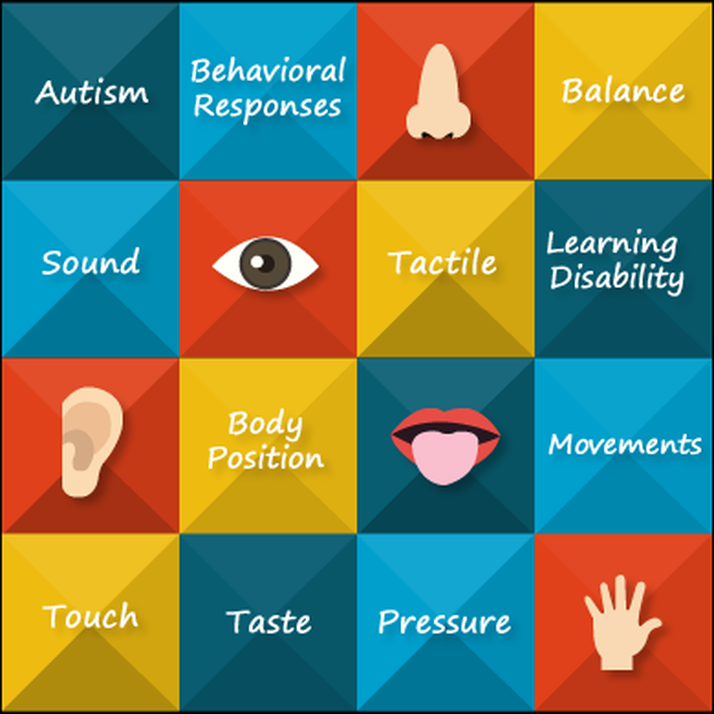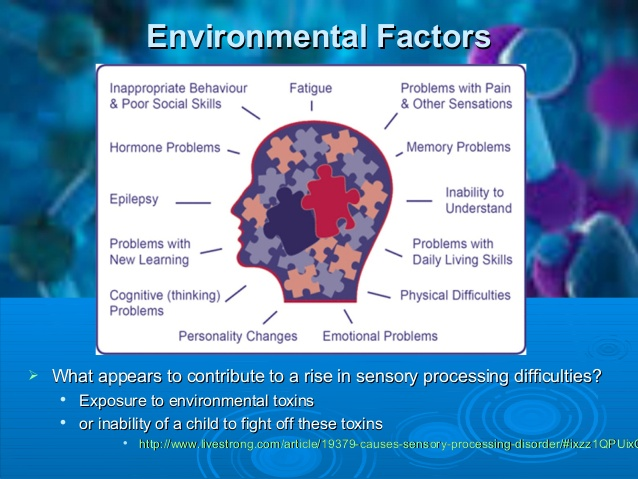- HOME
-
Services
- ACUPUNCTURE >
- SKIN REJUVENATION
-
SPECIFIC BRAIN & BODY ISSUES
>
- Protect Your Brain
- Brain And Body Balance
- LD ~ Signs to Look For
- Learning Disorders
- ADHD
- Aspergers >
- Dyslexia
- Reading
- Spelling
- Writing - Dysgraphia
- Dyspraxia - Motor Skills
- Math - Dyscalculia
- Memory
- PTSD
- Behavior and Emotion
- Social Skills
- Sensory Integration Processing Disorder
- Logic and Reasoning
- Physical Symptoms of Stress
- Cognitive Symptoms of Stress
- INFO
- The Science
- Success
- About
- Lourdes Better Living News
- Contact
- Blog
- HOME
-
Services
- ACUPUNCTURE >
- SKIN REJUVENATION
-
SPECIFIC BRAIN & BODY ISSUES
>
- Protect Your Brain
- Brain And Body Balance
- LD ~ Signs to Look For
- Learning Disorders
- ADHD
- Aspergers >
- Dyslexia
- Reading
- Spelling
- Writing - Dysgraphia
- Dyspraxia - Motor Skills
- Math - Dyscalculia
- Memory
- PTSD
- Behavior and Emotion
- Social Skills
- Sensory Integration Processing Disorder
- Logic and Reasoning
- Physical Symptoms of Stress
- Cognitive Symptoms of Stress
- INFO
- The Science
- Success
- About
- Lourdes Better Living News
- Contact
- Blog



